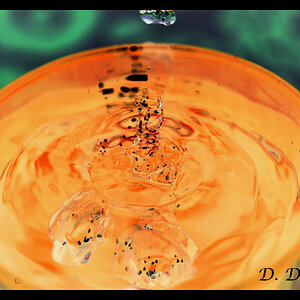OTF_Photography
TPF Noob!
- Joined
- Nov 3, 2010
- Messages
- 14
- Reaction score
- 0
- Location
- Albuquerque, NM
- Can others edit my Photos
- Photos OK to edit
Ok so what im gathering from my other thread is my pictures are horrible, mostly because of my composition, or lack there of, and overprocessing. Now for some reason books and manuals don't seem to do it for me. I need real examples, and relevant explanations. Then maybe I will understand it a bit more. Help please?


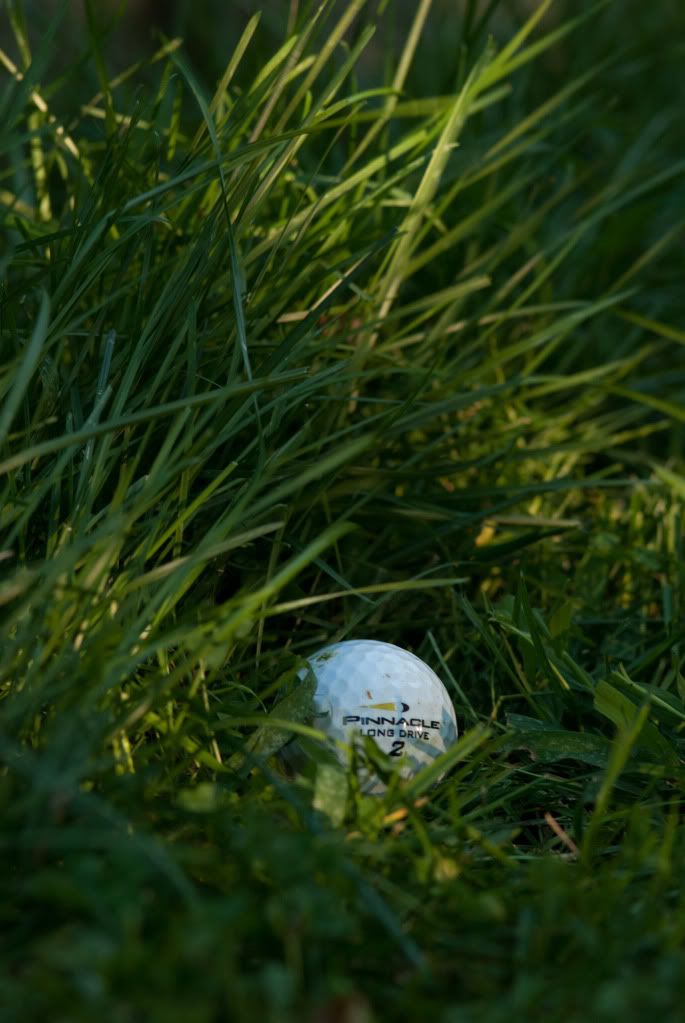






![[No title]](/data/xfmg/thumbnail/31/31093-5a5bf042a168153ccffbce7a66501050.jpg?1619734610)

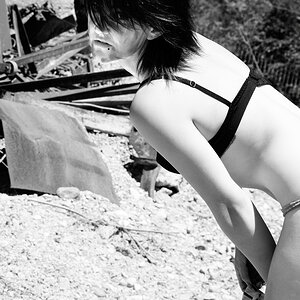



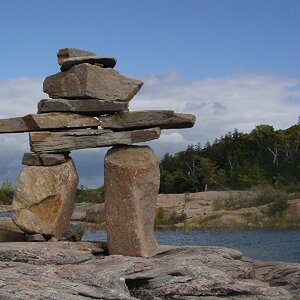
![[No title]](/data/xfmg/thumbnail/42/42350-49b17d39599ec1d51c6d801ea651d3af.jpg?1619740148)
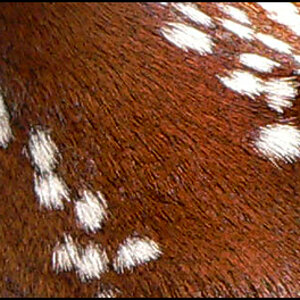

![[No title]](/data/xfmg/thumbnail/39/39446-903cfeac143cee6330a51546ecfdda92.jpg?1619739035)
